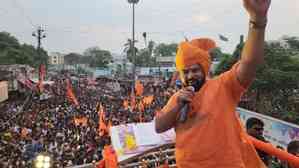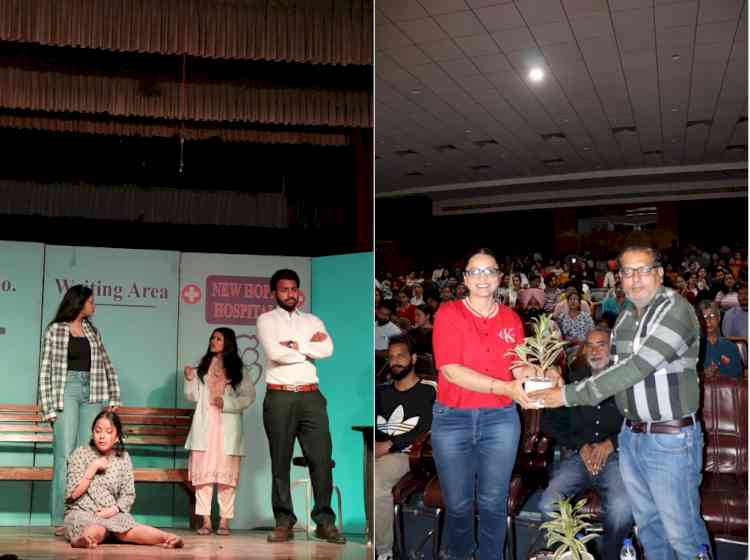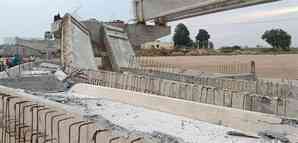Exhibition, book celebrate Urdu's trailblazing woman writer
New Delhi, May 2 (IANS) She was among the first generation of educated Muslim women to speak fearlessly about a woman's body and rights, yet Rashid Jahan's literary oeuvre hasn't been much celebrated in India. Unveiling the mask of anonymity...

New Delhi, May 2 (IANS) She was among the first generation of educated Muslim women to speak fearlessly about a woman's body and rights, yet Rashid Jahan's literary oeuvre hasn't been much celebrated in India.
Unveiling the mask of anonymity and bringing forth the remarkable life of a doctor and a writer is an exhibition mounted at the Indira Gandhi National Centre for the Arts that is open for the public till May 7.
Alongside, a "critical biography" on Rashid Jahan was also launched here Thursday. "A Rebel and Her Cause: The Life and Work of Rashid Jahan" (Women Unlimited, Rs 400) by well-known Urdu critic Rakshanda Jalil comprises translations of the author's 11 short-stories and two plays, a brief biography and a critical assessment of her writings.
This puts it in the bracket of "critical biographies" - a genre not much accepted by publishers across India.
"The sheer absence of material required for my research was the biggest challenge I confronted. Her output was slender and there is no record of any of her radio plays," Jalil said at the launch.
"One is actually left to one's own devices while researching for her because the persistent sense of treating her as an icon refused to view and see her beyond a certain point," she added.
Born to an educationist's family in 1905, Rashid Jahan was lucky to have the freedom to choose a career of her choice. She decided to be a doctor, but her predilection for writing surfaced when she compiled "Angarey", an anthology of short fiction published in 1932.
She was the only woman amongst the four writers who featured in it, and discussed sex and religion through the stories. However, the readers of the time were unprepared for such radical writings. There was an uproar, and Rashid Jahan, being the only woman in the group, faced most of the criticism.
"She being a woman took the maximum brunt. People in those times called the stories provocative and a bundle of filth," Jalil recollected.
"It was because the way she carried herself: in a sleeveless blouse and with short hair," she added.
Unperturbed, Rashid Jahan got hooked to writing after that and would juggle between her profession and writings. In fact, she used her writings to educate women about reproductive health and the use of contraceptives.
"She write elaborately on topics like seclusion, women's health, need for birth control, the toll of early marriages and the importance of women's education," said Jalil.
"Writing was something she did with many other things," she added.
While the book introduces readers to the forward-looking world of Rashid Jahan, the monochromatic frames in the exhibition chronicle her effervescent lifestyle with her husband, Mahmud-uz-Zafar.
"Strong-willed, outspoken, independent-minded, but also brave and compassionate, a woman who was not content to merely record the need for change but one who was willing to be a change," is how the exhibition introduces her.
She died of cancer in a Russian hospital in 1952, leaving behind a legacy for other women writers to follow.

 cityairnews
cityairnews 
















